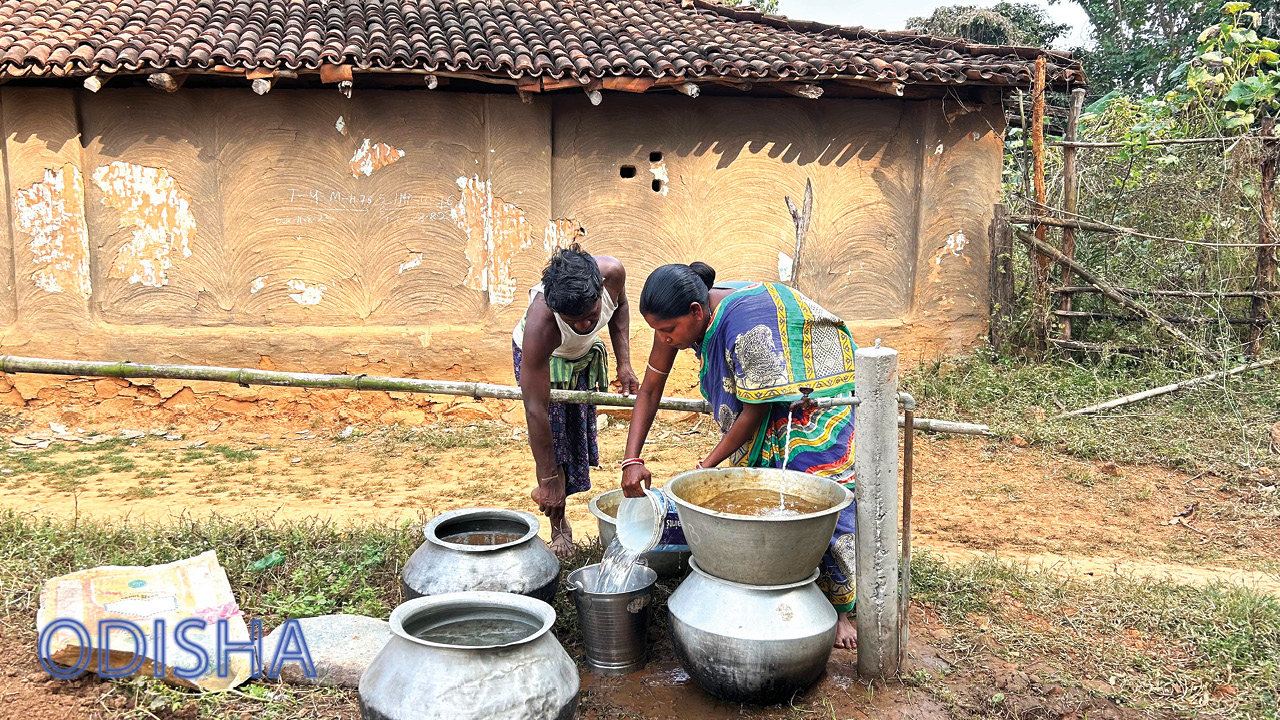Punjab’s performance in the SKOCH State of Governance Report 2024 presents a mixed but promising picture. Ranked 22nd nationally, Punjab has shown sector-specific strengths but continues to lag in terms of overall volume and breadth of governance initiatives. A total of nine well-performing projects were evaluated, out of which two were categorised as impactful. This limited pipeline of high-impact projects continues to constrain Punjab’s ability to climb the national rankings and signals the need for broader and deeper governance engagement, particularly at the district and municipal levels.
In the SKOCH State of Governance Index, Punjab’s #22 position reflects both its underutilised administrative bandwidth and sporadic but notable interventions. For instance, Punjab has performed exceptionally well in the Labour sector, securing the #1 national rank—a significant achievement for a first-time participant in this category. Additionally, the state made a comeback in Rural Development, ranking #6 nationally, underscoring its latent capacity to deliver on critical public service domains. However, the overall ranking remains low primarily due to the limited number of impactful or platinum-grade projects and underrepresentation from district-level bodies.
Looking at Punjab’s comparative standing across all six SKOCH indices, the picture becomes clearer. In the State of Financial Prudence Index, Punjab’s fiscal performance is concerning. With one of the lowest scores among large states, it struggles with poor debt sustainability, low capital outlay, and weak revenue mobilisation. This reflects a broader issue: Punjab relies heavily on central devolution rather than building its own tax base. Unlike states such as Gujarat, Maharashtra, or even Telangana, Punjab’s own-tax-to-GSDP ratio and capital expenditure-to-GSDP ratio remain unsatisfactory, indicating a fiscal imbalance that restricts its capacity for autonomous development.
In the SKOCH State of e-Government Infrastructure Index, Punjab performs moderately well, ranking 5th nationally. The state has demonstrated decent digital readiness and service delivery capacity through platforms and e-transactions, surpassing larger states such as Gujarat, Tamil Nadu, and Maharashtra. However, it still trails behind Haryana and Uttarakhand, which have made significant strides in integrating AI, mobile-first platforms, and citizen interface simplification. To sustain and build upon its performance in this area, Punjab must deepen digital capacity across line departments and ensure wider last-mile connectivity, especially in rural districts.
Punjab’s performance on the SKOCH State of Government Transformation Index was relatively muted. It lacks large-scale, scalable, and multi-sectoral transformational programmes that mark high-ranking states like Andhra Pradesh or Odisha. The few impactful projects in labour reforms and agriculture-based governance are steps in the right direction, but the state needs a larger portfolio of programmes that are policy-driven, measurable in outcome terms, and integrated across multiple departments. Stronger focus on data-driven governance and inter-departmental digital coordination will be vital to move forward.
In the SKOCH State of Government Efficiency Index, which combines fiscal performance with administrative execution (i.e., Governance + Finance), Punjab again ranks in the lower third. It is held back by its weak fiscal metrics and inconsistent delivery frameworks. Peer states with similar socio-political histories—such as Rajasthan and Madhya Pradesh—have shown a more aggressive push toward capital budgeting, infrastructure reforms, and participatory governance models. Punjab needs to embrace similar reforms with focused district-level initiatives.
The SKOCH State of Development Index, which aggregates the five indices and provides a final composite score, reaffirms Punjab’s middling performance. While it has performed exceptionally in niche sectors, such as labour, and made comebacks in rural development, its developmental trajectory remains limited by low fiscal capacity and underinvestment in project generation.
To improve its rank and developmental outcomes, Punjab needs to take the following steps: submit more high-quality projects—particularly at district and municipal levels; focus on transformative programmes in areas like agriculture, water, power, and law enforcement; and build fiscal autonomy through robust tax reforms. With these changes, Punjab has the potential to convert its sectoral wins into a holistic and sustained rise in governance and development rankings.



